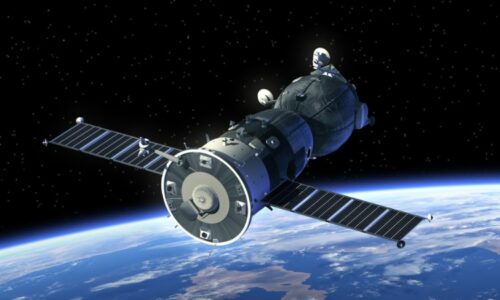The global small satellite market size attained a value of USD 4.91 billion in 2023. The market is further expected to grow at a CAGR of 15.80% between 2024 and 2032, reaching a value of USD 18.40 billion by 2032. This growth reflects not only the increasing demand for satellite technology across various industries but also the advancements in satellite design, deployment, and applications. In this blog post, we’ll explore the key segments of the small satellite market, analyze its growth drivers, and examine the competitive landscape and regional trends that are shaping this dynamic field. Small satellites, commonly referred to as smallsats, have become a cornerstone of modern space technology. Unlike traditional satellites, which can weigh several tons, smallsats typically weigh less than 500 kilograms. Their compact size and lower launch costs make them an attractive option for a range of applications, from Earth observation to telecommunications. Historically, smallsats have evolved from experimental missions to essential components in commercial and governmental space strategies. The demand for small satellites is growing, driven by technological advancements, increasing global connectivity needs, and the expansion of the space economy. As the barriers to entry for satellite technology continue to lower, more players—from startups to established aerospace giants—are entering the market, fostering innovation and competition.

